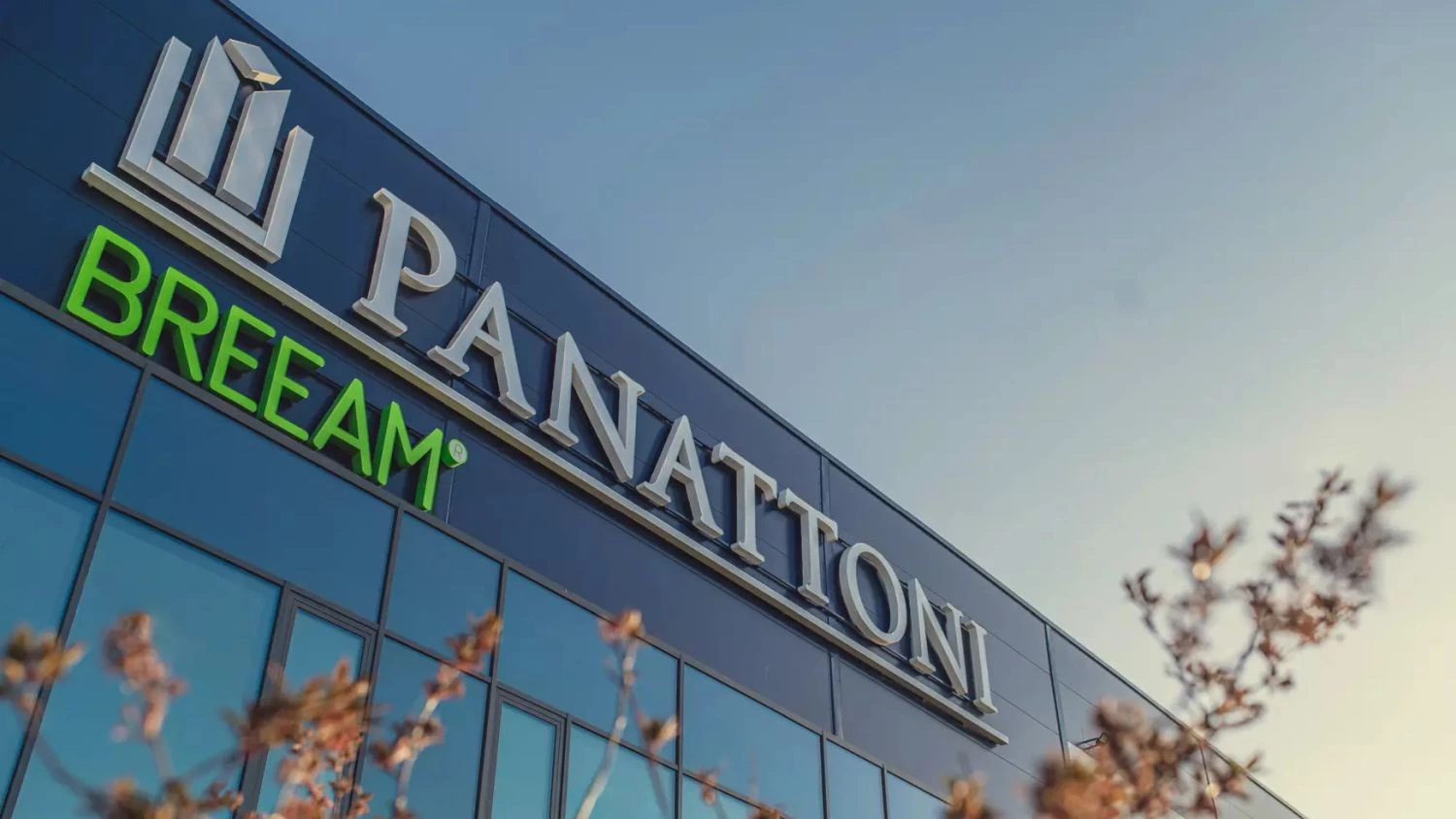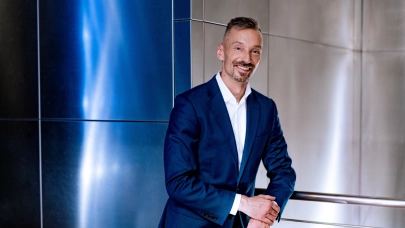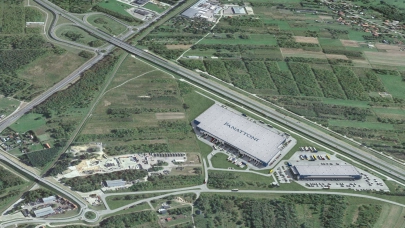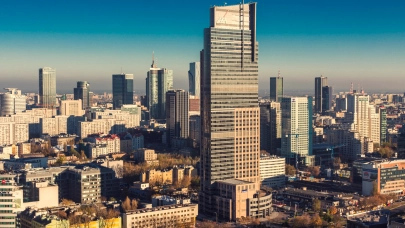
Panattoni received a BREEAM Outstanding in the International New Construction system for Panattoni Park Konin. It is already the fourth investment by the developer in Europe with the highest rating in this system. The total area of its buildings confirmed by an ecological certificate has already exceeded 12 million sqm, and another 4.5 million sqm is in the certification process, including five BREEAM Outstanding investments and DGNB Platinium.
Panattoni Park Konin is the second investment on the industrial space market in Poland to obtain BREEAM Outstanding. Panattoni achieved both certificates, and the implementation in Konin received a rating at level of 90%, thus becoming the highest-rated industrial building in Poland. Water consumption in the building was reduced by almost 88% compared to the base building, and recycling on the construction site exceeded 99.6%. The investment was equipped with a greywater system and photovoltaics.
"More and more customers and investors across Europe are turning to green investments. This is due to, among other things, the adopted EU sustainable development strategy and the ambition to achieve zero emissions. By 2028, all new buildings will have to be operationally net-zero. Hence, the number of buildings certified at the highest level in our portfolio is rapidly increasing. Thanks to consistently implementing an increasingly broader palette of pro-environmental and pro-social solutions, our investments are becoming more sustainable, and their impact on the environment is greatly reduced", says Emilia Dębowska, Sustainability Director, Panattoni.
"Our efforts in this direction result not only in reduced energy or water consumption but also in tangible savings in operating costs. In Konin, we reduced water consumption by as much as 87.7% compared to the base building thanks to the use of more efficient fittings, electromagnetic valves connected with presence sensors or metering integrated with the BMS system. We reduced primary energy consumption by half, with almost a quarter of the energy needed to operate the building (22.8%) coming from the photovoltaic installation. The building's embedded carbon footprint is just 299 kg CO2/m2, which corresponds to Class A (the highest) according to the Carbon Heroes Benchmarking One Click LCA methodology", explains Emilia Dębowska.
The building also obtained an energy efficiency certificate, which was calculated considering the results of the airtightness test. An analysis was conducted for its adaptation to climate changes, including air temperature increases, increased precipitation, increased flood intensity, or strong winds. A strategy was prepared for adapting to functional changes, increasing the chances of extending its operating period.




